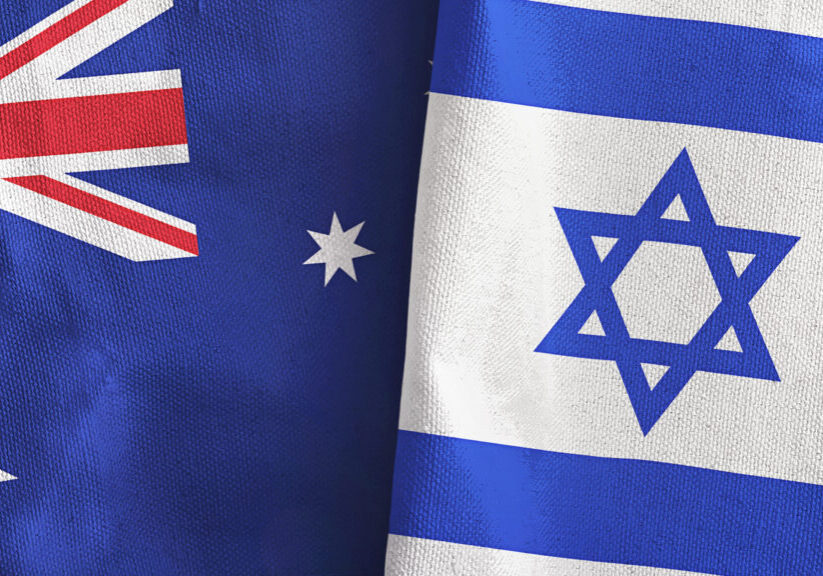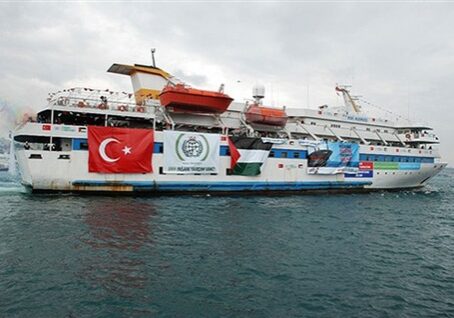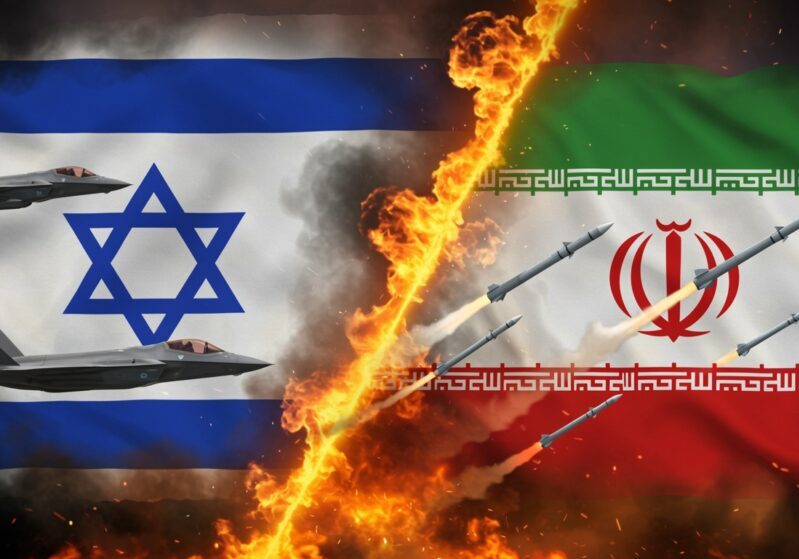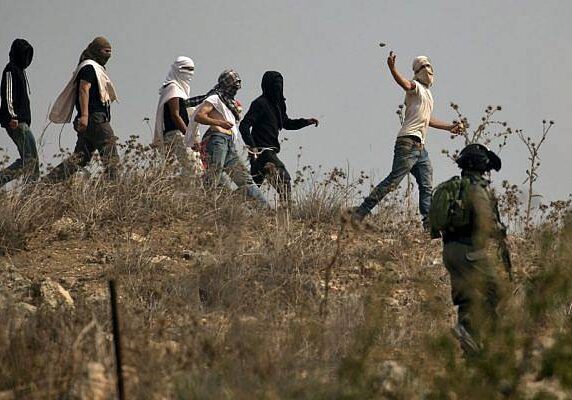Australia/Israel Review
Back into Gaza?
Mar 31, 2025 | BICOM
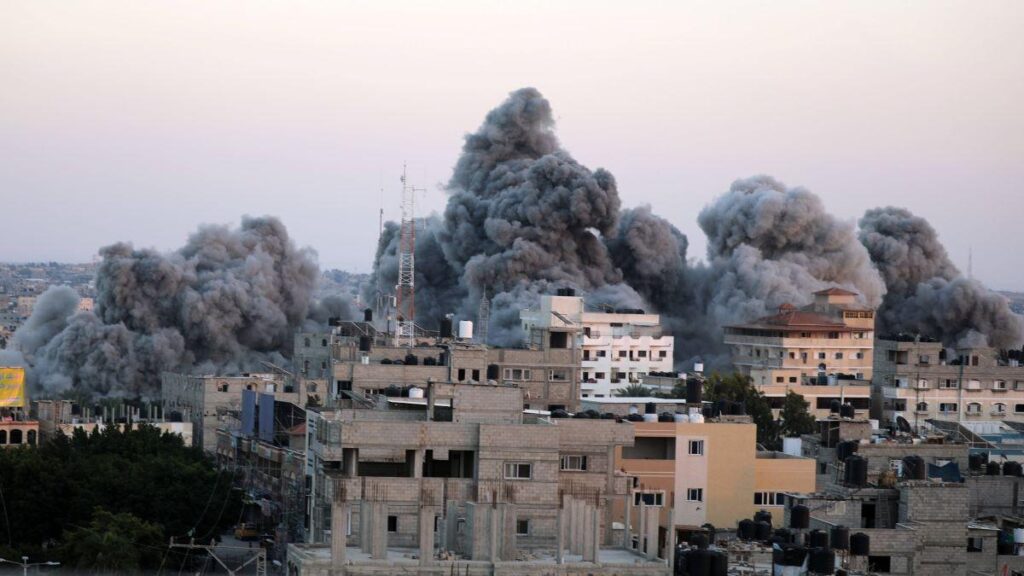
“OPERATION STRENGTH AND SWORD”: A BACKGROUNDER
On March 18 and 19, the IDF launched a series of what it termed pre-emptive strikes in Gaza, targeting leadership officials, mid-ranking military Hamas commanders and terrorist infrastructure. The IDF termed the operation “Strength and Sword”.
An Israeli official said that the strikes were based on Hamas’ readiness to execute terror attacks, build up force and re-arm.
The Prime Minister’s Office announced that Prime Minister Binyamin Netanyahu and Defence Minister Israel Katz instructed the IDF “to act with strength against the Hamas terrorist organisation in the Gaza Strip.” This follows Hamas’ repeated refusal to release the hostages and its rejection of all the proposals it received from the US President’s envoy, Steve Witkoff, and other mediators.
The statement added, “The IDF is currently attacking targets of the Hamas terrorist organisation across the Gaza Strip, with the goal of achieving the war objectives as determined by the political leadership, including the release of all our hostages – both the living and the fallen.”
Defence Minister Katz said, “If Hamas does not release all the hostages, the gates of hell will be opened on Gaza and Hamas’ murderers and rapists will encounter the IDF at an intensity they haven’t known until today.”
Israel has stated that at least five prominent Hamas officials were eliminated in the first night’s air strikes. These were:
- Issam al-Da’alis, considered to be one of Hamas’ chief administrators, who effectively served as Hamas’ prime minister in Gaza.
- Bahjat Abu Sultan, who held a rank equivalent to brigadier-general, was responsible for domestic operations in Gaza and was considered to be a prominent Hamas leader.
- Ahmad Omar al-Taha, who served as the Director-General of Hamas’ Justice Ministry in the Gaza Strip.
- Mahmoud Abu Watfeh, who held the rank of major-general and served as the Director-General of Hamas’ Interior Ministry in Gaza (commander of Hamas’ security services).
- Hamas politburo member Abu Obaida al-Jimasi, who was a Hamas leader who oversaw the administration of the southern Gaza Strip.
Subsequent strikes reportedly killed addition top Hamas officials:
- On March 19, the IDF claimed to have eliminated Yasser Muhammad Harb Musa, a close ally of eliminated Hamas leader Yahya Sinwar, whom it said oversaw security affairs for Hamas’ political bureau.
- On March 23, an Israeli strike on Nasser Hospital in Khan Younis killed Hamas political bureau member Ismail Barhoum, whom Israeli officials described as “the new Hamas Prime Minister in Gaza, who replaced Issam Da’alis.”
- Earlier that day, an Israeli airstrike near Khan Younis killed Salah al-Bardawil, another senior member of the Hamas political bureau.
The Hamas-run Gaza Health Ministry has said that 700 Palestinians had been killed in the fighting between March 18 and 24, but IDF sources disputed these figures.
Hamas said that Israel would bear “full responsibility for the repercussions of its treacherous aggression in Gaza,” which it said has “exposed the hostages in Gaza to an unknown fate. We hold the criminal Netanyahu and the Nazi Zionist occupation fully responsible for the consequences of the treacherous aggression against Gaza and the defenceless civilians.”
The IDF attacks were approved at a security consultation on March 17 attended by Prime Minister Netanyahu, Defence Minister Katz, Strategic Affairs Minister Ron Dermer, IDF Chief of Staff Eyal Zamir, Shin Bet Director Ronen Bar, the director of the IDF Military Intelligence Directorate and other high-ranking officials.
According to reports, they unanimously supported the attack after the hostage release negotiations reached an impasse.
The pre-emptive offensive plan was kept in closed circles in the IDF to create an element of surprise and deception.
White House Press Secretary Karoline Leavitt said that the Trump Administration was consulted by the Israelis prior to the strikes. “As President Trump has made clear, Hamas, the Houthis, Iran – all those who seek to terrorise not just Israel but the US – will see a price to pay, and all hell will break loose.”
The hostage family forum has expressed its concern that the offensive could endanger the lives of the remaining hostages in Gaza and has demanded a meeting with the Prime Minister, the Defence Minister and the head of the negotiating team “in which [the officials] will clarify how they can guarantee that hostages won’t be affected by the military pressure and how they are planning to get them home.”
Israeli forces followed up the initial aerial attack with ground operations beginning on March 19. Different prongs of the ground operations included:
- On March 19, IDF troops retook part of the Netzarim corridor dividing northern and southern Gaza, and gained control of the Salah a-Din road, one of the two major north-south routes in Gaza.
- On March 21, troops entered the Shabura area in the southern city of Rafah, and later surrounded the Tel Sultan neighbourhood of Rafah. Israel had always retained control over the Philadelphi corridor along the Egyptian border.
- The IDF has also been operating on the ground in the northern Gaza town of Beit Lahiya. On March 24, the IDF issued evacuation orders for residents of Beit Lahiya and neighbouring Beit Hanoun areas, presumably prior to expanded operations planned for the area after rockets were launched from there.
Context
The Israel offensive comes against the background of negotiations that took place in Qatar in mid-March between a delegation from Israel and the Egyptian, Jordanian, Qatari and UAE foreign ministers, in which the parties reportedly discussed a version of the ‘Witkoff Plan’.
This plan included:
- Hamas releasing ten hostages (presumably all alive).
- In exchange, Israel releasing hundreds of Palestinian prisoners (at a higher ratio than earlier deals) including convicted terrorists serving long sentences.
- Israel resuming the entrance of humanitarian aid and amenities, potentially at a greater volume than before.
- The ceasefire extending for a couple of months that will include Passover and Israel’s Independence Day (May 1).
However, little to no progress had been made on this proposal.
It also comes against the background of the IDF detecting an irregular development in the Gaza Strip in recent days, which might point to Hamas preparations either to launch an attack or to raid Israeli territory. Over the last few weeks, the IDF has tracked preparations being made by Hamas and others for a resumption of hostilities in the Gaza Strip. This included the recruitment of hundreds of new terrorists, the distribution of arms, and repairs being made to the command-and-control mechanisms in Hamas’ various battalions.
Despite the tension between the Prime Minister and Shin Bet Director Ronen Bar (Netanyahu has announced his intention to fire Bar), the latter was present alongside the Chief-of-Staff during the operation, and reportedly supported its adoption.
The renewed strikes take place in a different context to the past war against Hamas: Hezbollah has been decimated in the north, which allows the IDF greater capacity to focus its forces on Gaza; and the Trump Administration will likely give the IDF more leeway than did the Biden Administration.
Looking ahead
If Israel were to re-take Gaza, it may adopt a different approach to the delivery of humanitarian aid. New IDF Chief-of-Staff Zamir has proposed that the IDF will take over the delivery of aid to Gazans as the only way to ensure Hamas does not profit from the aid. The previous chief-of-staff was reluctant to take this on, out of concern that it be perceived as military responsibility for the civilian population.


